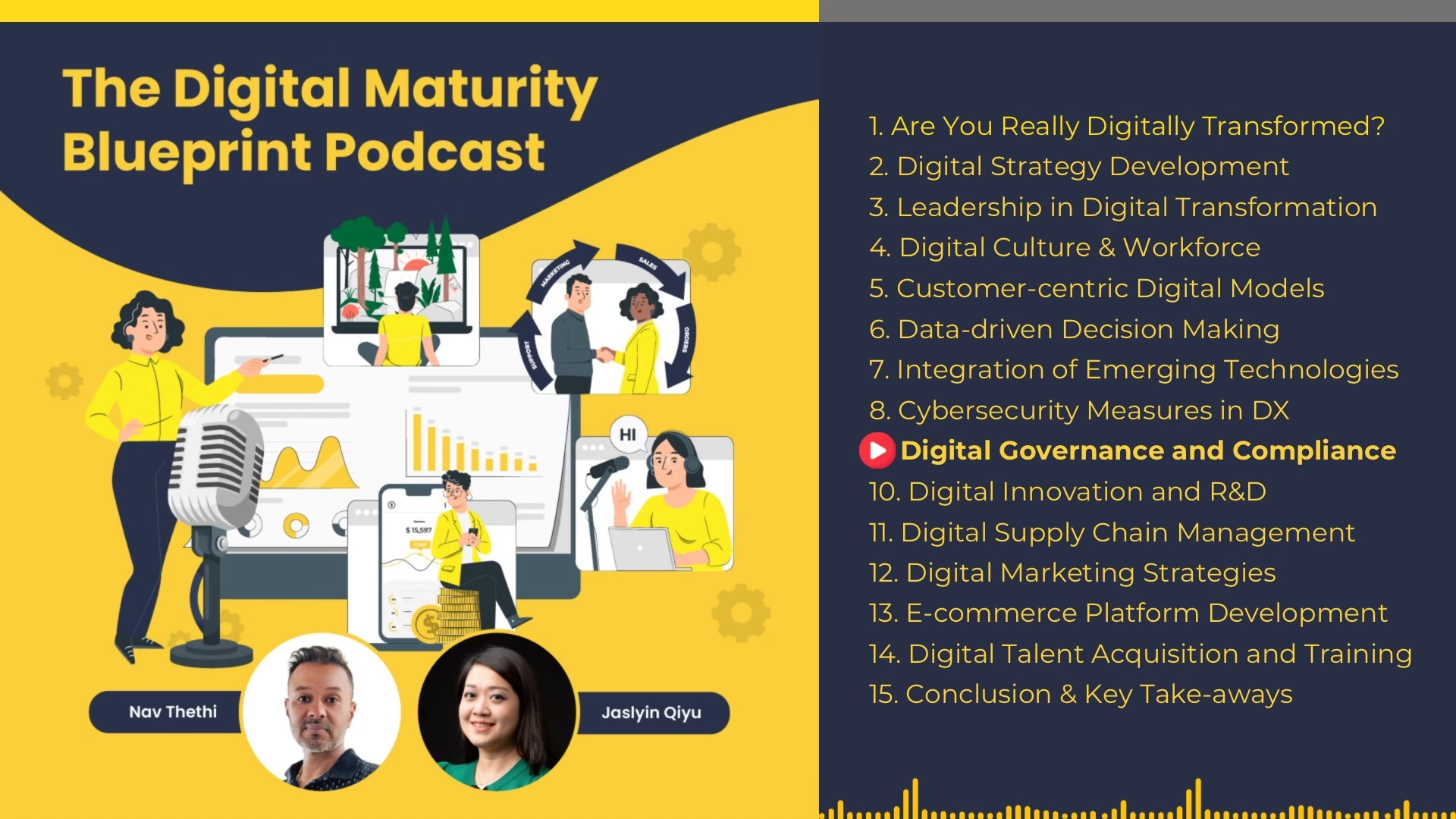Insights from Premiere Episode of The Nav Thethi Show
In today’s fast-moving business world, many companies are unknowingly losing revenue, not because of poor decisions, but because of slow ones. Delayed contracts, buried redlines, and siloed approvals create operational bottlenecks that silently drain performance. The premiere episode of The Nav Thethi Show dives deep into this issue, not just as a technical flaw, but as a reflection of leadership culture.
Slowness Signals Hesitation
Contracts aren’t just paperwork, they’re signals. When a team stalls on agreements, it creates doubt. It says: “We’re not aligned. We’re not ready.” Speed in contracting, when matched with clarity and integrity, becomes a form of leadership. It’s a demonstration of confidence, coordination, and commitment.Fast contracting isn’t about cutting corners, it’s about making friction visible and eliminating it with intention.
Reframing AI as a Leadership Lever
What if the legal ops side of business wasn’t a reactive force, but a proactive one? The episode explores how artificial intelligence isn’t just making contracting more efficient; it’s revealing operational blind spots. Smart tools can now:
- Highlight risk clauses instantly
- Automate low-stakes agreements
- Forecast negotiation delays based on historical behavior
But here’s the leadership insight: adopting these tools is not about tech, it’s about mindset. Leaders who embrace AI in legal workflows aren’t delegating decision-making; they’re magnifying capacity.
Trust Isn’t a Buzzword. It’s the Bottom Line.
One of the episode’s most compelling themes is the role of contracts in building trust. When processes are slow or opaque, trust erodes, internally and externally. And when trust breaks, deals stall, retention drops, and brand integrity suffers.
Clear, fast, ethically aligned contracting isn’t about legal precision, it’s about organizational self-awareness.
From Legal Ops to Culture Ops
The bigger message is clear: how you handle contracts reflects how you handle culture. If legal is positioned as a barrier, you build a company of caution. If legal is embedded in strategy, you build a company of alignment.
This episode reframes legal ops as a growth lever, one that demands leadership to step into deeper responsibility, not just deeper compliance.
Practical Takeaways for Builders and Leaders
Whether you’re scaling a startup or leading a legacy brand, here are actionable insights drawn from the episode:
Audit Your Friction Points
- Look beyond finance or sales. Map every delay in your contract lifecycle—what’s the cost of indecision
Measure Trust as a Metric
- Are your contracting workflows reinforcing confidence, or diluting it?
Embed AI with Culture Readiness
- Don’t chase automation. Chase alignment. Tech without training creates resistance, not velocity.
Reposition Legal in Strategy Conversations
- Legal isn’t a department. It’s a narrative. What story are you telling with every agreement?
Why This Episode Launch Matters
Episode 1 of The Nav Thethi Show sets the tone for a different kind of conversation, one that doesn’t separate mindset from mechanics, or leadership from logistics. It challenges listeners to treat operational detail as a mirror for cultural intention. It’s not just a podcast, it’s a movement for smarter leadership.
Please SUBSCRIBE to my YouTube Channel for updates.









